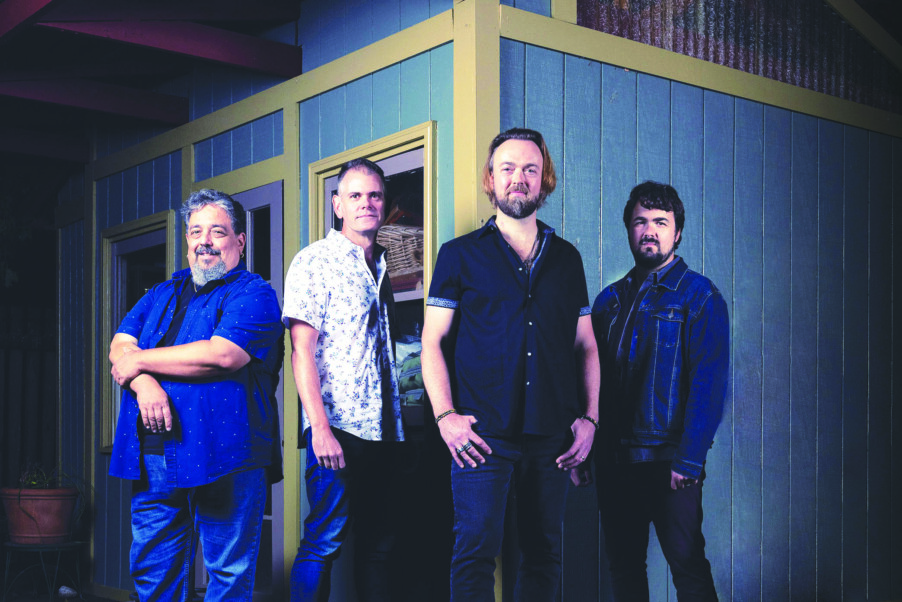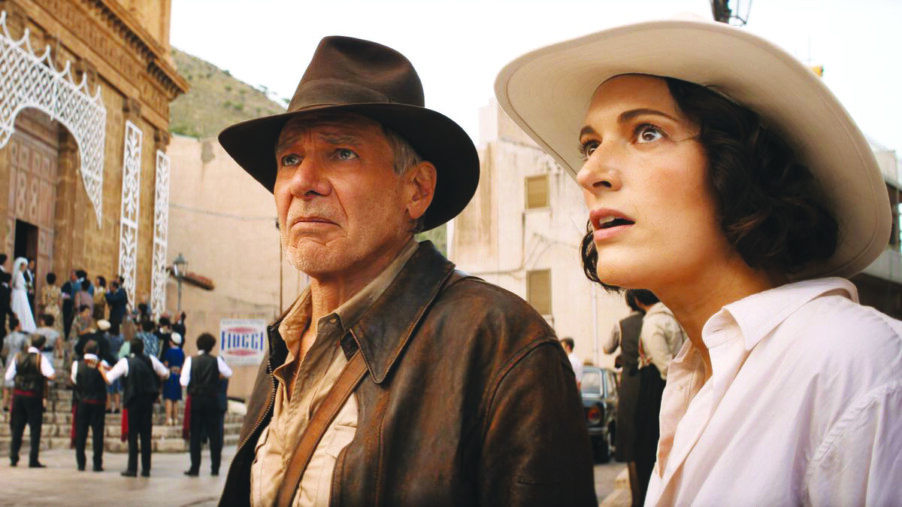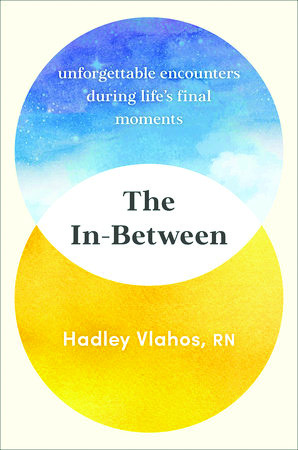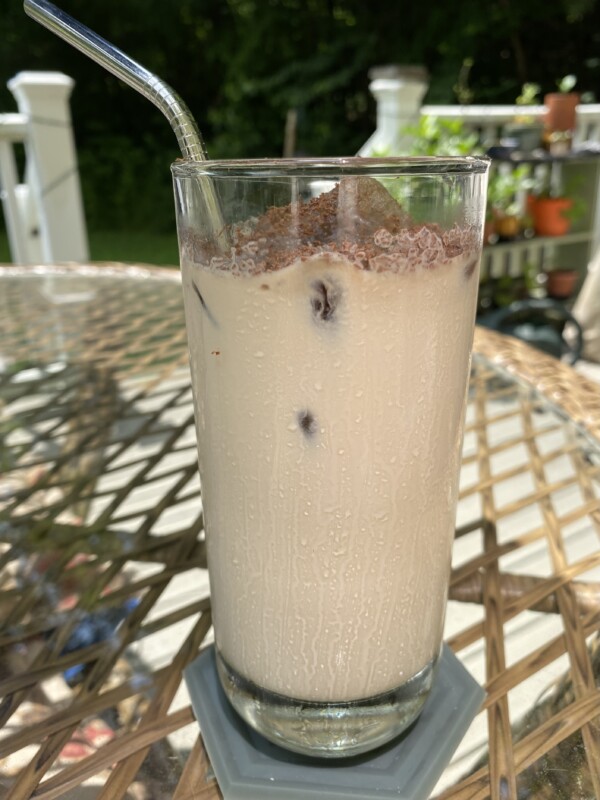The Gravel Project provides DMB lead-in
For fans of original local music, the show always starts early at Bank of New Hampshire Pavilion, on the venue’s Hazy Little Stage. Situated just beyond the Gilford amphitheater’s entrance, the second stage hosts some of the region’s finest local talent, with each act chosen to complement the headlining performer.
Upcoming are the countrified Not Leaving Sober ahead of Sam Hunt on July 7, and blood harmony band Town Meeting prior to Counting Crows’ July 14 show. In August, singer-songwriter April Cushman precedes Jelly Roll, with jam band stalwarts Supernothing playing prior to a Slightly Stoopid and Sublime with Rome double bill.
In a perfect pairing, the concert season closes out on Sept. 30 with ’90s acolytes Donaher teeing off for the Goo Goo Dolls. The Hazy Little Stage’s full schedule can be found on the venue’s website.
Providing the prelude to Dave Matthews Band’s July 11 show is The Gravel Project, a Boston band offering a vintage rock and soul sound that pairs with the bill-toppers like a salted pretzel and a cold IPA. On guitar and vocals, Andrew Gravel leads a novel configuration of his brother Jordan on keys, drummer Dave Fox and Eguie Castrillo playing percussion.
Gravel has been the band’s one constant since it began in 2013, though for the past six years he, his brother and Fox have formed its nucleus.
“The fact that we call it a project means we’ve got other people who come and play with us from time to time,” Gravel said by phone recently. “It kind of describes the whole nature of it.”
Playing without a bassist is uncommon but wasn’t always the case. The choice came out of necessity; a few years back, when their then-bass player didn’t make it to a couple of gigs, Jordan crafted a low end on his keyboards.
“We were like, ‘that was actually really good,’” Gravel recalled; they kept at it after that. “It was an organic direction for us at the time … then it brought a level of consistency to the lineup that we hadn’t felt prior.”
Live at Wellspring, released in February, is the first album to include a female voice in a prominent role. Having another vocalist “was something I always wanted to explore,” Gravel said. “A lot of these songs [are] meant for more than one singer.”
Though the vocalist who appeared on Wellspring is gone, with a rotating roster now accompanying the band (American Idol alum Erika Van Pelt joins them in Gilford), the added element on the live LP made Gravel realize that a woman on stage made a big difference. “It opened the band up for us, and there’s definitely a commitment to keep that role filled.”
The Gravel Project has played Meadowbrook’s side stage before; last year they opened for Tedeschi Trucks Band. Like DMB, that slot reflected Gravel’s influences as a performer “Nineties rock was the soundtrack to my childhood, but even before that, in the eighties, when I was younger, my parents were always just playing tons of Beatles in the house,” he said. “A lot of Allman Brothers, Led Zeppelin … that stuff kind was from the very beginning real close to my heart.”
Early on, Gravel played a Fender Stratocaster. These days he toggles between two Gibson guitars — the iconic Les Paul, and a hollow body ES-335.
“That’s a big part of my sound, the vintage Gibson thing,” he said. “I’m also a sponsored artist by Two-Rock, which are these amazing amplifiers made out of California. They capture the spirit of the Sixties Blackface Fender sound [and] take it a little bit further.”
To extend the theme, Jordan plays both Hammond B3 and Fender Rhodes organs. “He loves, just like I do, the vintage gear,” Gravel said. “I mean, you just can’t beat it.”
Gravel is pleased to be opening DMB’s two-night stand. “It’s certainly an honor to be involved,” he said. “It’s such a loyal fan base that loves good music, and we’re excited to bring something that’s different [but] closely enough related. I think all his fans are certainly into great songs, and they’re also into extended jams and improvisation.”
The Gravel Project
When: Tuesday, July 11, 5:30 p.m.
Where: Bank of New Hampshire Pavilion, 72 Meadowbrook Lane, Gilford
More: thegravelproject.com
Ticket for Dave Matthews Band required – $74 and up at livenation.com
Featured photo: The Gravel Project. Courtesy photo.






